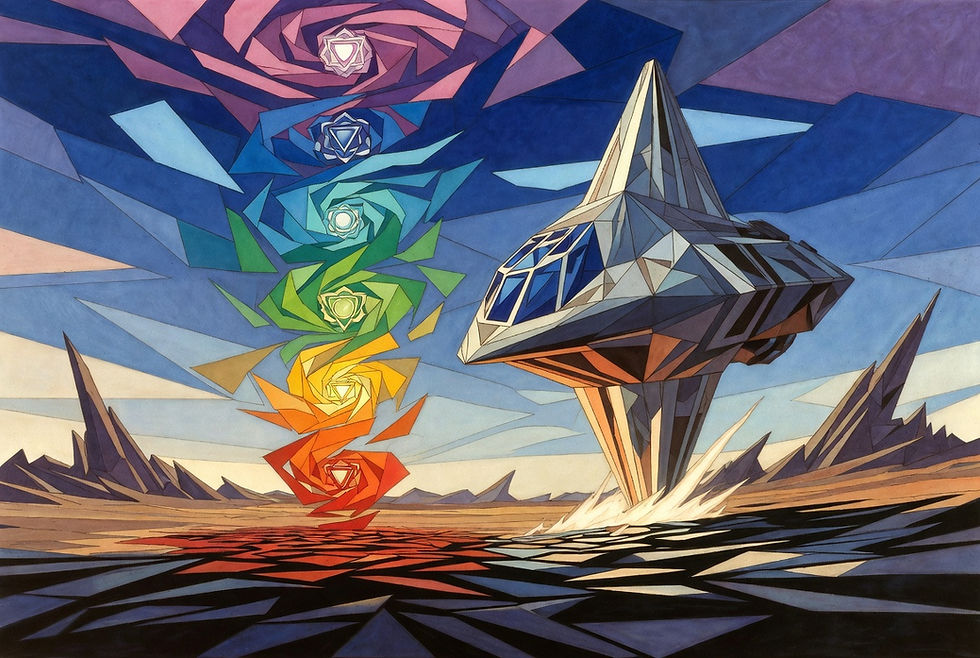The Double Slit Experiment: Seeing Isn’t Believing
- Bill Dandie

- Jul 17
- 2 min read
Imagine this:
You fire tiny particles—like electrons—at a wall with two narrow slits, and behind that, a screen catches where they land. If you close one slit, the particles form a neat cluster behind the open one. Simple enough.

But open both slits, and something bizarre happens. Instead of forming two clusters, the particles create an interference pattern, like ripples overlapping in water—as if each tiny electron is somehow going through both slits at once, interfering with itself.

This makes no classical sense.
So scientists, puzzled, set up a detector to see which slit each electron actually goes through.
And the moment they do that—the pattern changes. No more interference. The electron behaves like a simple particle again. As if it knows it's being watched.

This is the famous Double Slit Experiment, and it has shaken the foundation of physics for over a century.
But what does it really mean?
At the quantum level, the very act of observation changes reality.
Think about that.
Reality doesn't "decide" until something conscious—you, or your machine acting on your behalf—looks.
So, what are we not seeing?
We walk through life assuming the world is solid, predictable, separate from our awareness. But this experiment suggests that what we see is shaped by how we look. Not just metaphorically. Literally.
When we observe, we collapse possibilities into form.
When we don’t, the world may remain in a dance of potential—unformed, undefined, unknowable.
What else are we missing because we're not observing it?
What patterns and potentials lie just out of view, waiting for us to become aware?
The invitation
This isn’t just a scientific anomaly—it’s an invitation.
To question our perception.
To explore the spaces between what is known and what is felt.
To accept that mystery is not the absence of knowledge, but the birthplace of wonder.
So next time you catch yourself saying “I’ll believe it when I see it,” consider this:
You might be seeing it because you believe it.
Or maybe it was there all along—waiting for your gaze to bring it into being.




Comments